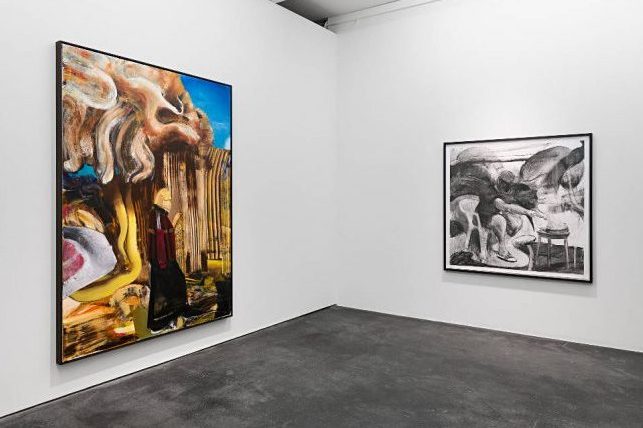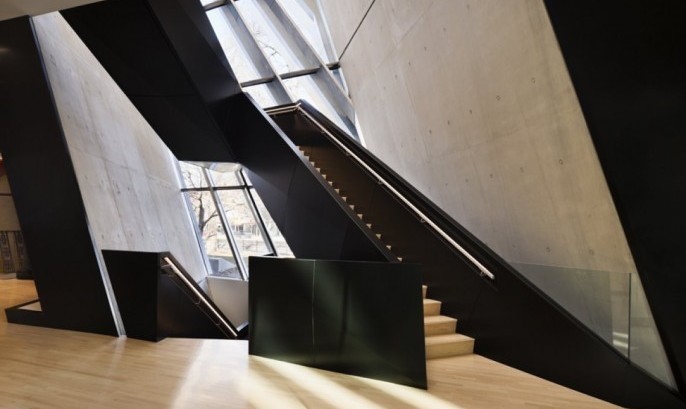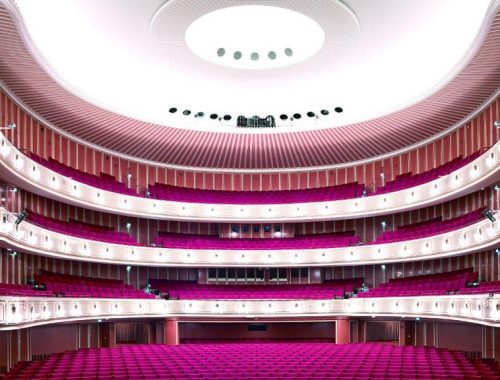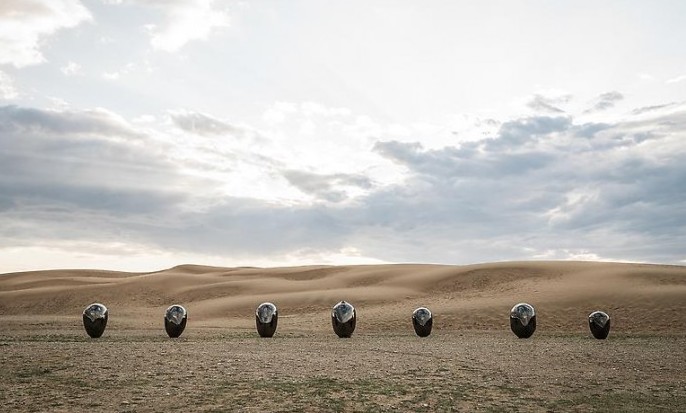
ADRIAN GHENIE “I’VE TURNED MY ONLY FACE”
Adrian Ghenie surveys and subverts historical and artistic narratives through his paintings, which aim to unearth feelings of vulnerability and often draw on human experience and ideas of the collective unconscious.
“I’ve turned my only face” – Taking its title from ‘On horseback at dawn’ by Romanian poet Nichita Stănescu (1933–1983), the exhibition is curated by Dmitry Ozerkov, Head of the Hermitage’s Department of Contemporary Art, and Anastasia Veyalko, Junior Researcher.
In these new works the artist has deconstructed the image more than ever before, inviting the viewer to decipher the shifting forms in his sensuously painted canvases.
As he describes, ‘the eyes don’t recognise the figure but the brain knows it is there’. These works continue Ghenie’s sustained engagement with the history of painting, recontextualising the aesthetic strategies of his predecessors, including Henri Rousseau, Vincent van Gogh and Théodore Géricault.
The dialogue Ghenie establishes with the Dutch Old Masters is conveyed with particular intensity as they hang in the same museum space. The fact that the viewer is able to repeat the artist’s journey and walk through the galleries that house these masterpieces is a unique situation. The locus of the Hermitage galleries forms a particular world of references and symbols in which Ghenie’s paintings exist.
– Anastasia Veyalko
Ghenie’s The Hunter (2019) relates to Hunter with Dog in a Landscape (1625) by the Flemish painter Jan Wildens (1586–1653), which has formed the basis for several paintings and a related drawing also on view. The original is a typical genre scene in which a huntsman, flanked by his three dogs, stands in a confidently contrapposto pose, holding the rabbit he has caught.
In Ghenie’s version the hunter is virtually subsumed by a maelstrom of textures, barely recognisable through the diagonals of his staff and leg, and the two abstracted dogs at his feet. Taking its title and subject from the 1649 painting Farm by Paulus Potter (1625–1654), which the artist has known since childhood, Ghenie’s riff on the theme conveys the impression of a writhing animal mass against a backdrop of corrugated iron and sunset sky, identifiable as cattle from the repeating horn shapes.
Sharing the Old Masters’ fundamental concerns with both composition and colour, the works that Ghenie has selected are characteristic of genre and landscape painting of the period, and therefore their representative function is more important to him than their individual status.
His paintings during this time took on the form of mise-en-scènes, depicting starkly lit, quotidian spaces that evoke the artist’s own subconscious, seen in Basement Feelings (2007) and Memories (2007). In 2008, Galeria Plan B expanded, opening a location in Berlin, and Ghenie began to divide his time between both cities.
Ghenie’s paintings developed during this time to include themes of history, memory, and the legacy of villainous historical figures, particularly of his native Romania. These figures, largely derived from mid-twentieth-century historical sources, appear in haunting interiors as dreamlike or cinematic vignettes.
Ghenie also began to appropriate tropes from slapstick film, manifesting in his Pie Fight paintings that, in a confluence of figuration and abstraction, depict historical or cinematic figures whose faces are freshly slathered with a custard pie per the comedy of the Three Stooges.
His recent work is driven by historical conflict between the irrational and rational, particularly in key ideas or moments that have incited social tumult. These tensions manifest in Ghenie’s paintings through a confluence of abstraction and representation and extend to collage, assemblage and installation. With Dada Room (2010), he draws from an historical event in The First International Dada Fair. The custom-built room, lit by a single fluorescent light, is an amalgam of imagery, color, and objects that form a three-dimensional
You May Also Like

ZAHA HADID _ THE BROAD MUSEUM
19/08/2020
“OBSERVATIONS” EARLY PRINTS OF CANDIDA HOEFER
03/09/2020

